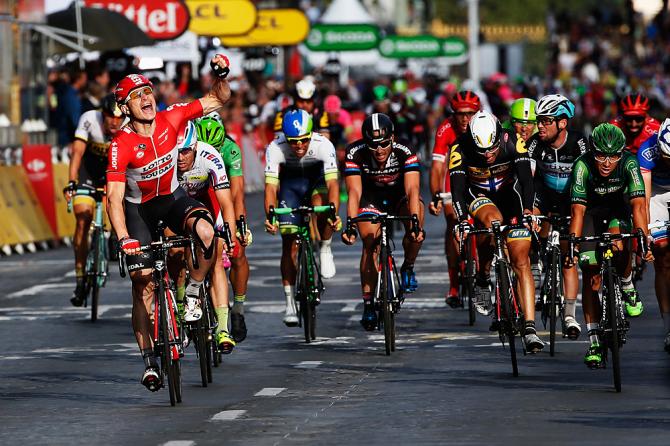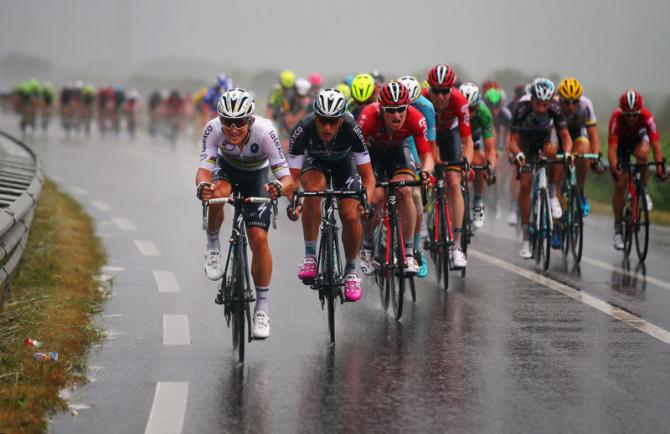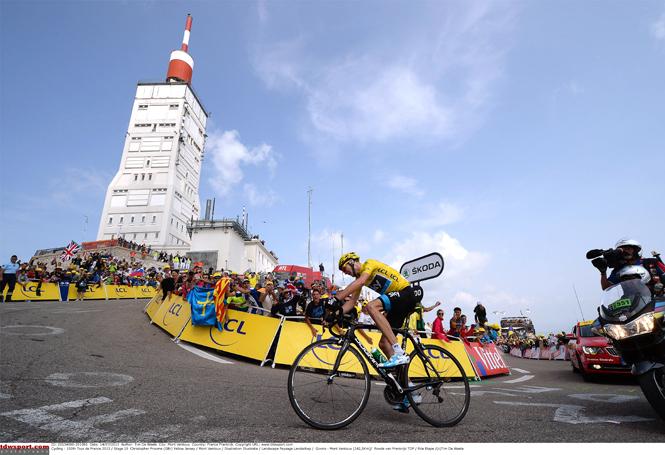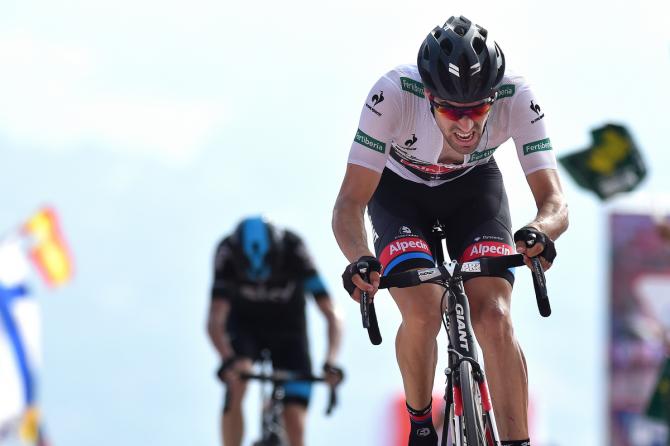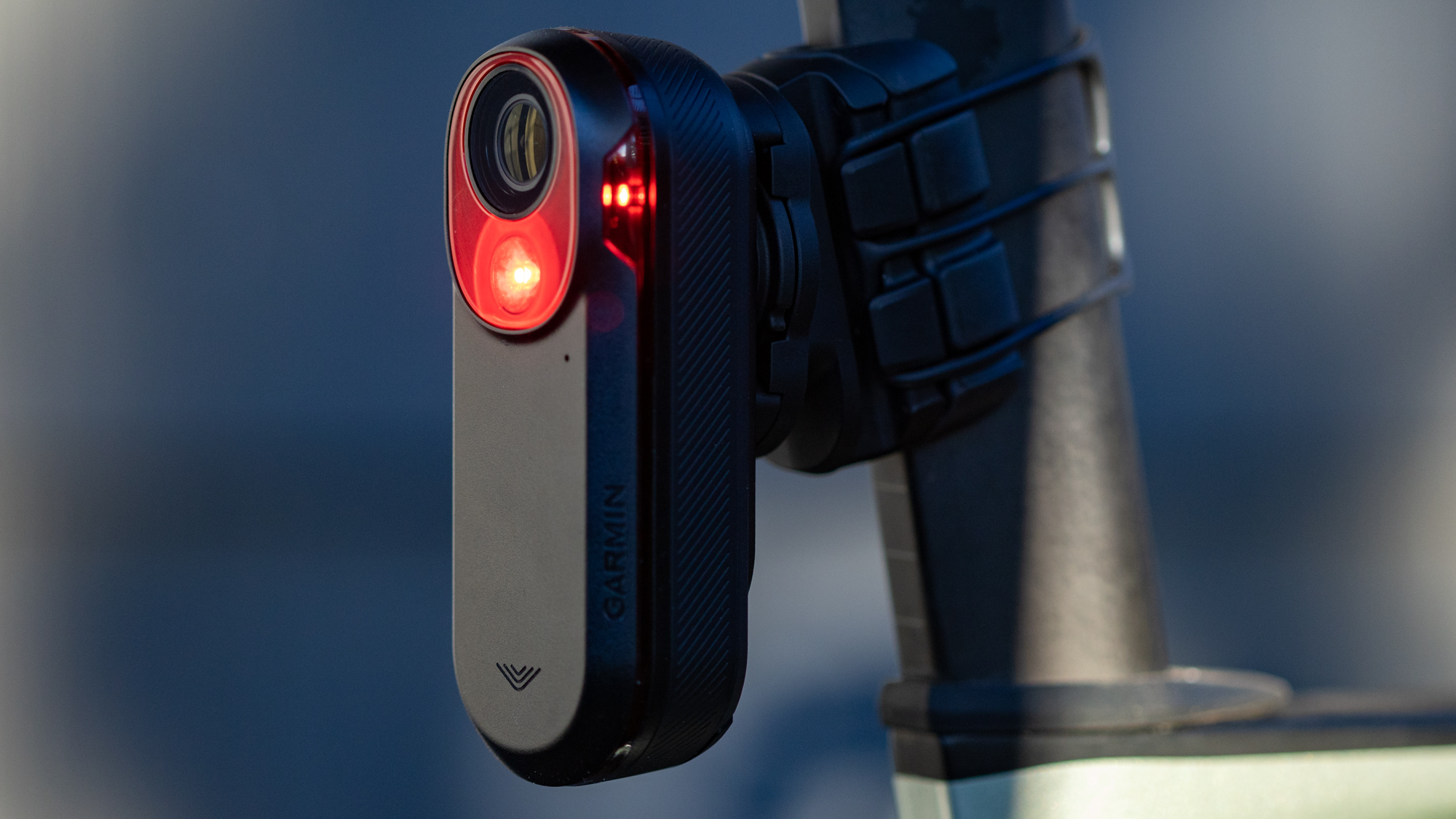Five conclusions from the 2016 Tour de France route
Cyclingnews' take on the 103rd edition of the race
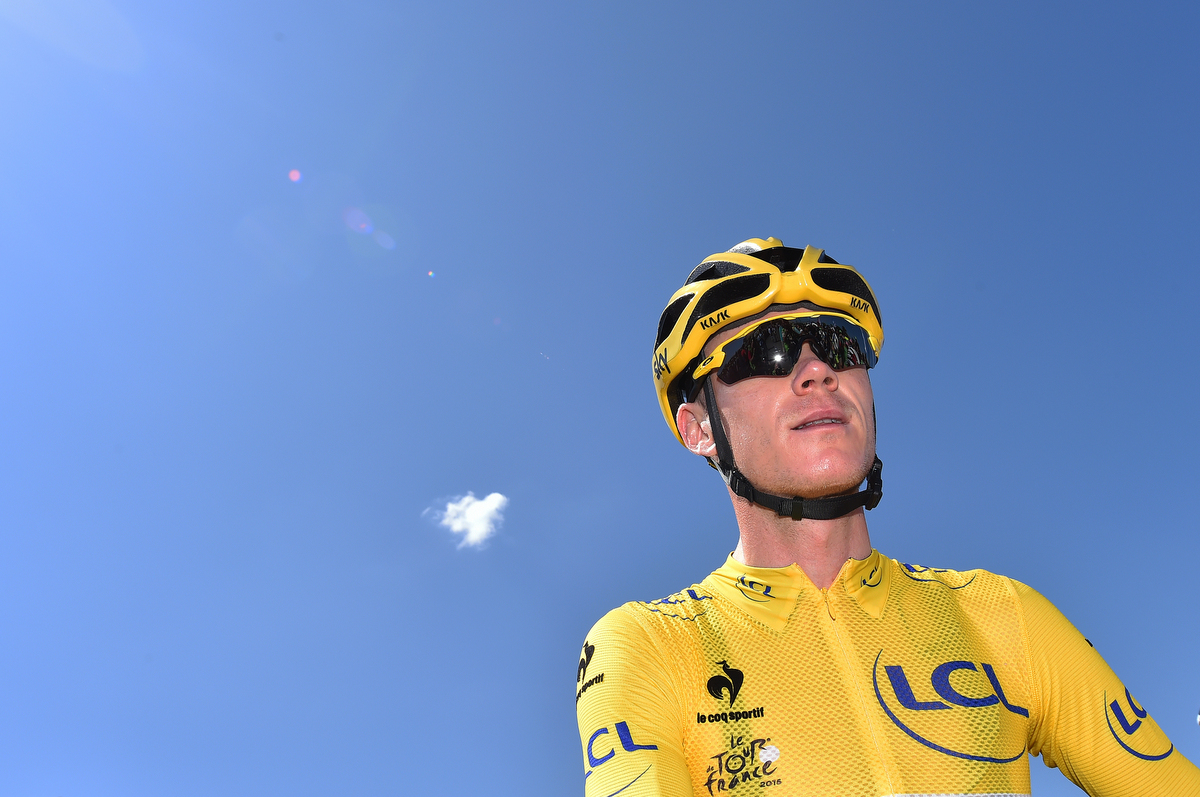
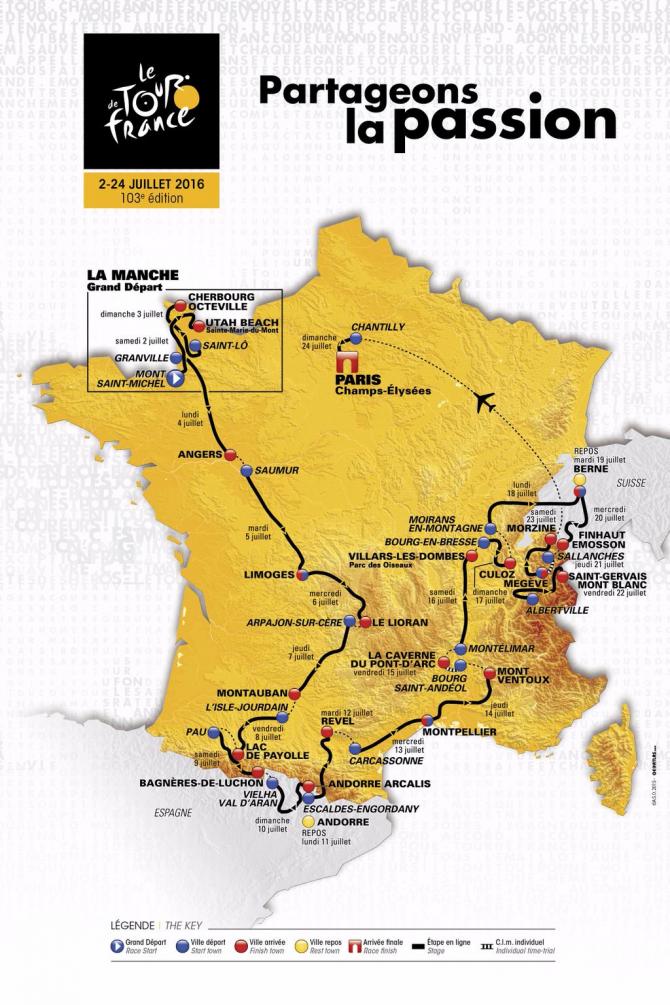
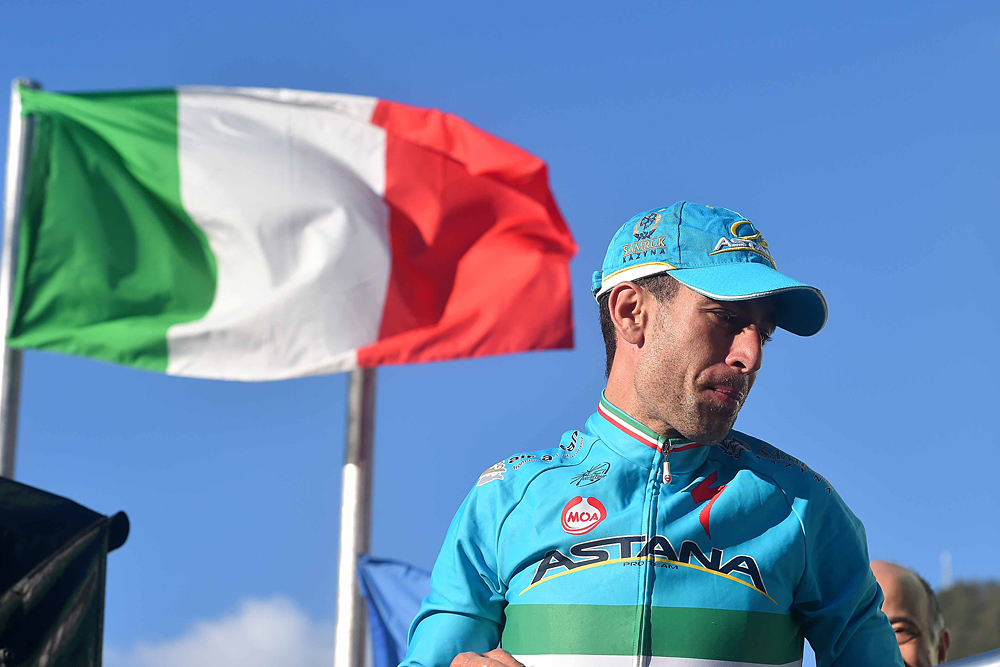
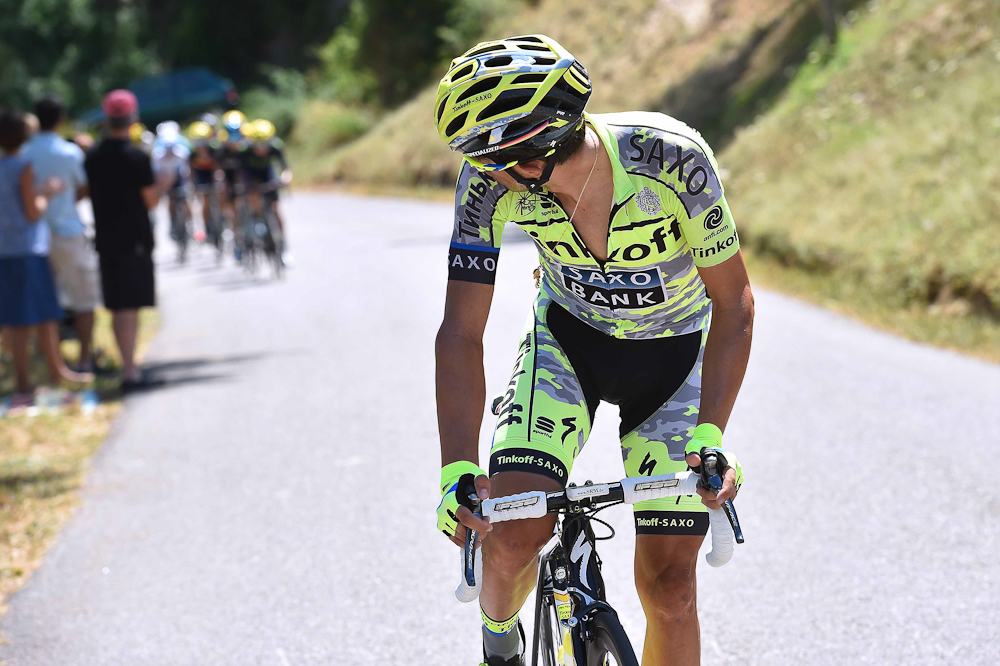
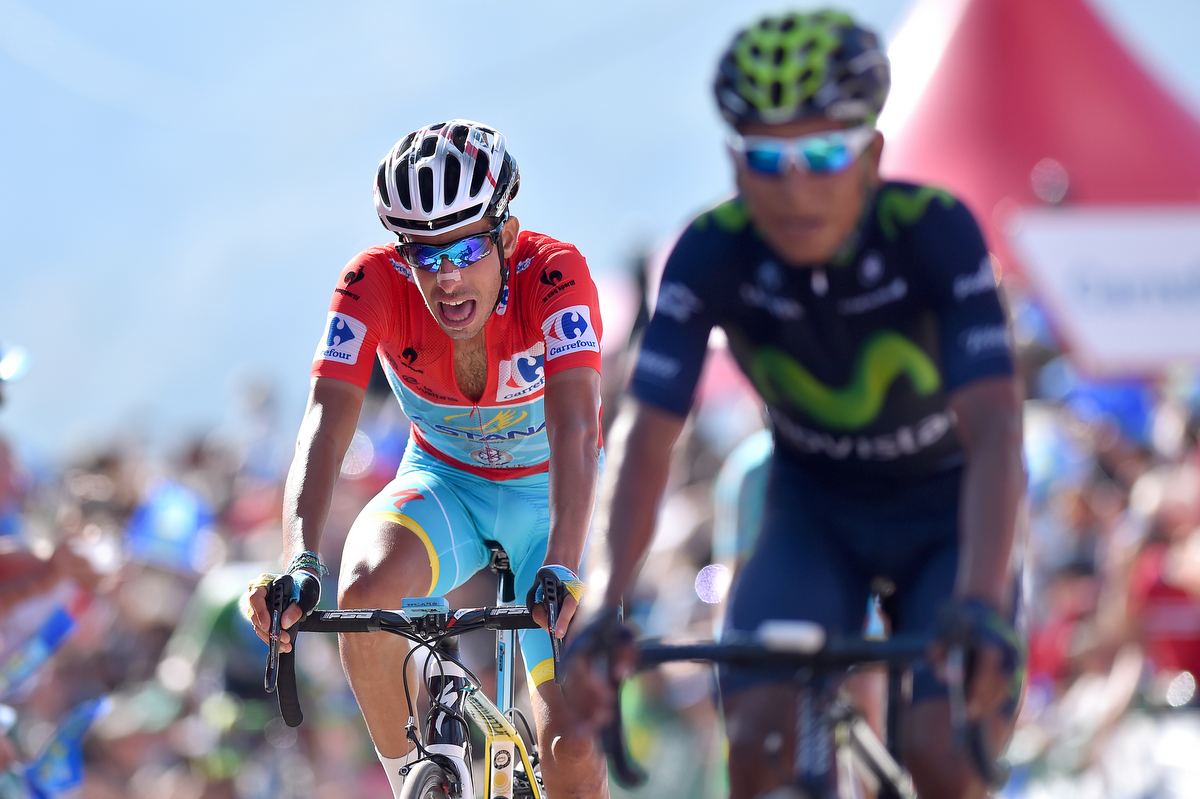
The route of the 2016 Tour de France was announced on Tuesday much to the delight of the climbers, but to the chagrin of the time trial specialists, who get no prologue and only two hilly individual tests to stretch their legs.
Cyclingnews analysed the route and came up with these five conclusions.
More opportunities for the sprinters
Race director Christian Prudhomme suggested the sprinters will have seven opportunities to win stages in the 2016 Tour de France. Mark Cavendish claimed there were six but whoever proves to be right, next year’s Tour de France will definitely give ample opportunity to the fast men. With eight mountain stages, the big losers in 2016 are the attackers and baroudeurs, who will have to fight tooth and nail to escape the control of the peloton.
The absence of a prologue time trial and time bonuses of ten, six and four seconds will also give the sprinters a chance of wearing the yellow jersey deep into the first week of racing. The winner of the opening stage to Utah Beach will also pull on the first yellow jersey.
Stage 1 should be flat and fast along Utah Beach, certainly a day for the pure sprinters, but stage 2 to Cherbourg finishes with a 3km climb above the port that could rule out the likes of Cavendish, but arguably favour one like Peter Sagan.
Stage 3 to Angers finishes close to Bryan Coquard’s home and is touted as a straight-up sprint stage, while the Tour's longest stage to Limoges should no-nonsense bunch kick, albeit with a slightly uphill run to the line.
The latest race content, interviews, features, reviews and expert buying guides, direct to your inbox!
Perhaps the disagreement between Prudhomme and Cavendish lies in the profile of stage 6, where the climbs between the departments of Cantal and Aveyron could leave much of the fast-twitch crowd behind to pilot the autobus to Montauban.
Stage 11 to Montpellier and stage 14 to Villars-les-Dombes Parc des Oiseaux give the sprinters something to hope for in the second week, while the Champs-Elysees finale will keep them motivated through the Alps in the third week. (SF)
No simple first week
The first week of the Tour de France is always frought with nerves and crashes, with the heated battle for stage wins and the early maillot jaune inflicting a special form of chaos. In 2015, the opening time trial should have ensured a longer run in yellow for Rohan Dennis, but then the crosswinds on stage 2 blew the race apart. The jersey changed hands four times in the first week, finally settling on the shoulders of Chris Froome on stage 7, where it would remain until Paris.
The first week of the 2016 Tour de France could prove to be quite similar: though there is no time trial, there is ample opportunity for shifts in the race lead, and the battle for the maillot jaune will be as intense as the expected sprint finishes. The first stage from Mont Saint Michel to Utah Beach should be one for the sprinters, but the overall contenders could face the same sort of intense crosswinds that cost Movistar's Nairo Quintana dearly on stage 2 in 2015.
Even in the absense of crosswinds, there are always high risk of crashes in early Tour sprints, as demonstrated in 2013 and 2014 when the race began with flat stages. The tension gets ramped up on stage 2 to the Côte de La Glacerie, where the real sprint will be to the base of the final climb, which starts with 3km to go. A crash before the climb could end a GC rider's hopes without the flat finish time protections. Even without a crash, the 14 per cent grade could show the first cracks for the overall contenders, even if the stage win should go to a rider like Peter Sagan or Philippe Gilbert.
The first real test of the climbing legs will come early, on stage 5, where riders face the Pas de Peyrol and the Col du Perthus, followed by a climb heading to Le Lioran. The stage will test both climbing and downhill abilities, and could allow a brave descender to carve out a few seconds on his meeker rivals. A longer, more technical descent on the conclusion of the first week on stage 7, where riders drop down from the Col d'Aspin to Lac de Payolle, will give the quick descenders another chance to gain time.
The first week will require all of the riders' attention, skill and form before they settle in for the big mountains. (LW)
A climber's delight
No less than nine legitimate climbing days and an uphill time trial in the final week of the 2016 Tour de France will quickly winnow the field to a very select few contenders for the overall. The usual suspects for the podium in Paris, most notably Chris Froome, Alberto Contador and Nairo Quintana, all approved of the parcours and believe the route suits their skills with plenty of vertical kilometres.
Quintana said the 2016 route reminds him more of the wide-open parcours normally seen in the Giro d’Italia or Vuelta a Espana, with climbs distributed evenly throughout the three weeks rather than being lumped together.
No cobbles in the 2016 route will certainly benefit the slighter climbers, but the battle for the general classification will already begin to shake out with a brief-but-intense trip through the Pyrenees and Andorra before the first rest day.
The highlight of the second week will come during stage 12, when the riders ascend to the barren landscape at the top of Mont Ventoux, which returns to the race for the first time since Chris Froome won there in 2013.
Combined with the climbs in the Pyrenees and Andorra, Ventoux should set the pecking order for the overall race at the halfway point. That should add to the drama for the next day’s individual time trial from Bourg-Saint-Andéol to La Caverne du Pont-d'Arc. The 37km route includes 900 metres of climbing and should further establish the GC contenders before the race hits the Alps during the third week.
The decisive climbing stages come after the second rest day in Berne, with the stage 17 route to Finhaut-Emosson providing a crucial test. The final Gueulaz climb to Emosson dam was used in the 2014 Criterium du Dauphine when Contador attacked Froome close to the summit and took the leader’s jersey.
The following day the peloton will face the 17km uphill time trial from Sallanches to Megève before they tackle Mont Blanc on stage 19. The climbing-fest concludes on stage 20, with one final chance to upset the general classification applecart on the climbs to Morzine.
The tough tests in the final week should also provide stage win opportunities for the pure climbers who aren’t placed well in the general classification. While GC riders must think about the efforts required in days ahead, the wild cards be shooting for their own stage glory. (PM)
Distribution of mountains and summit finishes could make for increased suspense
You have to go back four years to find a Tour de France where the yellow jersey changed hands in the second half of the race. Since Cadel Evans’ smash and grab on Andy Schleck on the penultimate day time trial in 2011, each Tour winner has ridden to Paris having spent at least 11 days in yellow.
Those races haven't all been snooze-fests by any stretch, but you could understand if race director Christian Prudhomme was keen to inject some added suspense into next year's edition. It might explain why there is a more even distribution of mountainous stages and summit finishes, rather than them being concentrated into two Pyreenean and Alpine pockets.
Riders will have to use the small ring as early as stage five’s tough journey from Limoges to Le Lioran ski station and, after that, days in the Pyrenees and Jura mountains are interspersed with stages for the sprinters and baroudeurs. Prudhomme is hoping it will make for a suspense-filled Tour, where racing is ignited throughout, and not dampened on certain days by anticipation of what’s right around the corner.
If riders are being encouraged to seek opportunities throughout the course of the race then they are also being urged to do the same within the confines of each stage. There are fewer summit finishes than last year yet more categorised climbs, with four stages finishing shortly after a big descent – notably the hair-raising road towards Morzine off the Joux Plane on the penultimate day.
We should, therefore, see the GC contenders making use of more of the parcours and racing innovatively, with some of the mid-stage high-mountain climbs playing a much more prominent role tactically.
The Tour route will have been in the works long before Fabio Aru snatched victory from Tom Dumoulin at the final hour of the Vuelta a Espana – on a stage that was mountainous but without a summit finish – but Prudhomme would be delighted if he could conjure up a similar scenario, putting an end to this trend of lengthy processions to Paris. (PF)
An Olympic appetiser
The Tour de France is not the Critérium du Dauphiné or the Tour de Suisse. It is a big enough deal in its own right not to have to position itself as a preparation race for some other, more worthy event. That said, on the face of it, the route design of Thierry Gouvenou and Christian Prudhomme would appear to have been influenced to a certain degree by the Olympic Games in Rio, which begin less than two weeks after the Tour concludes in Paris.
There are two time trials in next year’s Tour – 37km on stage 13 and 17km on stage 18 – and neither is flat. The first starts and ends with climbing sections while the second is a completely uphill test, just shy of what we would call a proper mountain time trial. It’s ideal preparation for the Rio course, which is far from one for the conventional powerhouses, 59km long and with several pretty serious uphill sections.
As Prudhomme said at the race presentation in Paris on Tuesday: "The first time trial will also be a good opportunity for the specialists to test themselves ahead of the Rio de Janeiro Olympics because the courses are similar." Tony Martin, disappointed that there wasn't a flatter time trial, sought consolation in the fact that it would be a more beneficial pre-Rio test.
Several riders have also noted how being at the Tour is a necessity in order to be with a chance at the road race in Rio. The intensity of the racing in the legs is crucial, while the mountainous conclusion to the Tour seems to be a perfect set-up for a Rio course that features four category-one climbs in its final half. Some riders will be so wrapped up in the GC battle that they won’t be able to think about what's around the corner but there’ll be plenty of others whose focus is not squarely on the race at hand, and who'll be looking to ride themselves into form and start firing on all cylinders in the final week. (PF)
